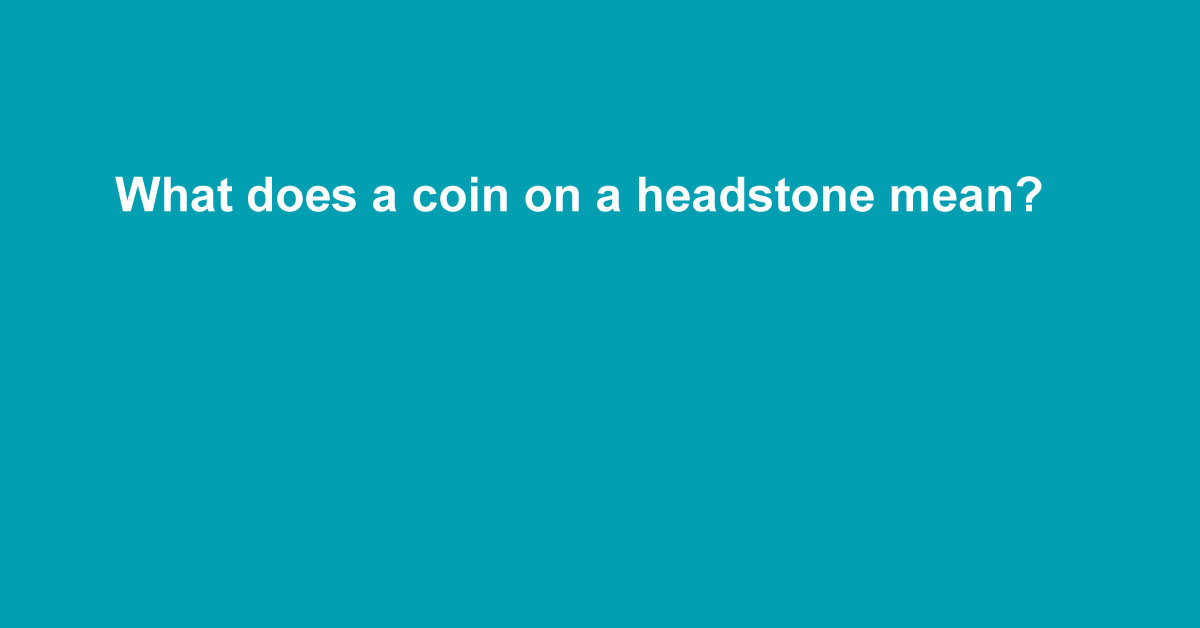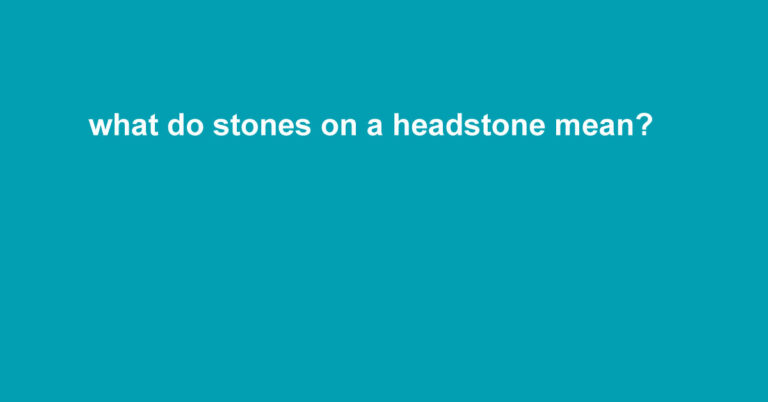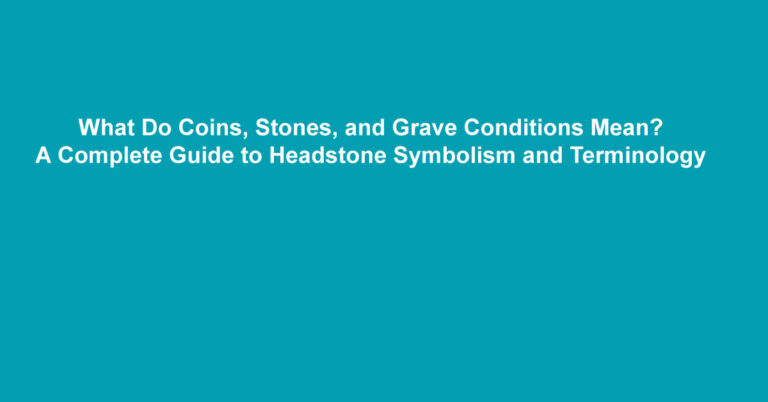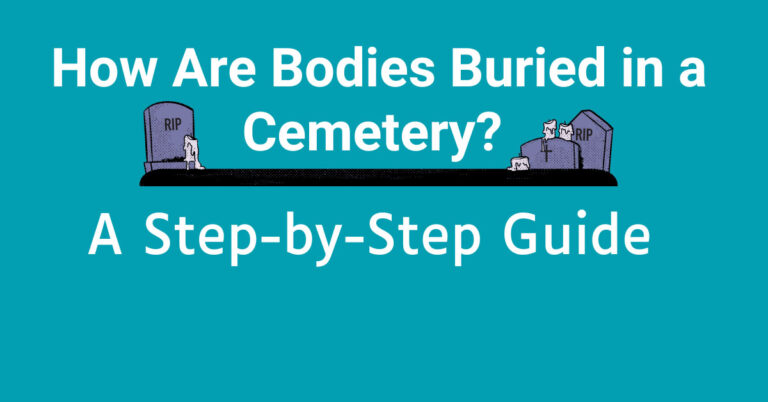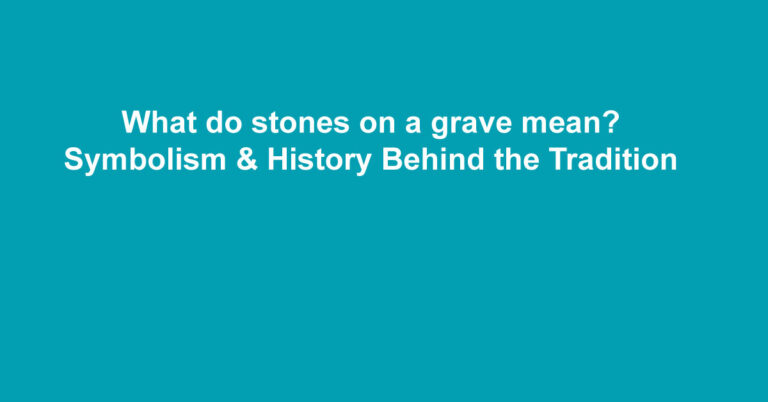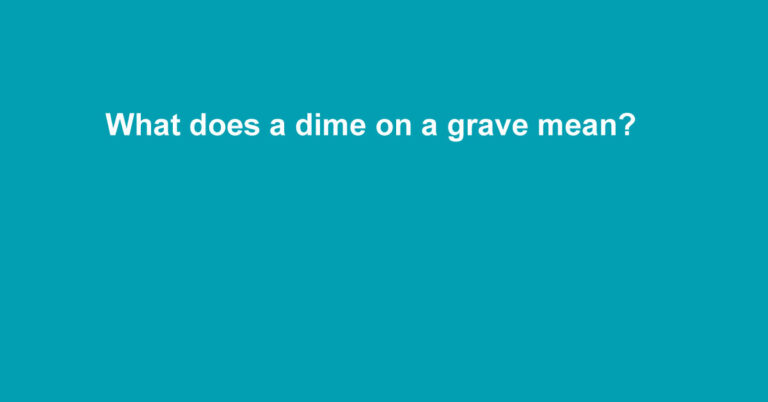What does a coin on a headstone mean?
What does a coin on a headstone mean? This article explores the emotional and historical significance of placing coins on headstones, particularly in military traditions. Discover what each coin type symbolizes, how the custom began, and why it continues to be a quiet, powerful tribute to the deceased.
When walking through a cemetery, you might see coins placed neatly on top of headstones. This simple act may seem random, but it holds powerful meaning especially in military cemeteries. From pennies to quarters, each coin has a specific message.
In this blog, we’ll dive into the history, purpose, and symbolism behind the tradition of leaving coins on headstones.
The Military Roots of This Tradition
The custom of leaving coins on headstones is most deeply rooted in military tradition, particularly in the United States. After the Vietnam War, visitors began leaving coins as a subtle, respectful way to acknowledge fallen soldiers. It allowed people to pay tribute without disrupting the grieving family with personal conversations.
The Meaning of Each Coin on a Headstone
Each coin left on a headstone carries a unique message about the visitor’s relationship to the deceased:
Penny
A penny means someone visited the grave. It’s a universal sign of respect and remembrance.
Nickel
A nickel means the person who left it trained with the deceased, often during boot camp or basic training.
Dime
A dime shows the visitor served in the same unit or at the same time as the deceased during active military service.
Quarter
A quarter is the most personal. It means the person was present when the deceased passed away. It often reflects a bond formed in life-or-death situations.
Why Leave Coins Instead of Other Items?
Coins are practical, discreet, and long-lasting. Unlike flowers, they don’t wither, and unlike notes, they don’t blow away. A coin can quietly say, “You are not forgotten,” while also showing solidarity, especially in military contexts.
Is This Tradition Only for Veterans?
Although it began in the military, the tradition has expanded. Today, civilians also leave coins on the graves of loved ones, famous individuals, or historical figures. It’s become a quiet, respectful way to say, “I was here. I remember.”
Cultural Impact and Continuation of the Tradition
Many cemeteries, especially those with military sections, continue to see this practice today. In some cases, coins left behind are collected and used to support cemetery upkeep or veteran services.
Whether done out of tradition, respect, or emotion, the coin continues to be a meaningful token of remembrance.
FAQs About Coins on Headstones
What does a coin on a headstone mean?
It’s a way to honor the deceased. The type of coin left shows how the visitor was connected to the person buried there, especially in military service.
Is it okay to leave coins on any grave?
Yes, as long as it’s done respectfully. Many people leave coins to honor family members, friends, or admired public figures.
Do cemeteries remove the coins?
Some cemeteries collect the coins periodically. In military cemeteries, the money may go toward maintenance or support services.
Can civilians use this tradition?
Absolutely. While its roots are military-based, the practice has grown into a universal sign of respect and remembrance.
Conclusion
Coins on a headstone may seem small, but their meaning runs deep. Whether placed out of military respect or personal memory, each coin is a silent message of honor. This tradition, rich in symbolism, shows that remembrance can come in many forms even in something as simple as a coin.
